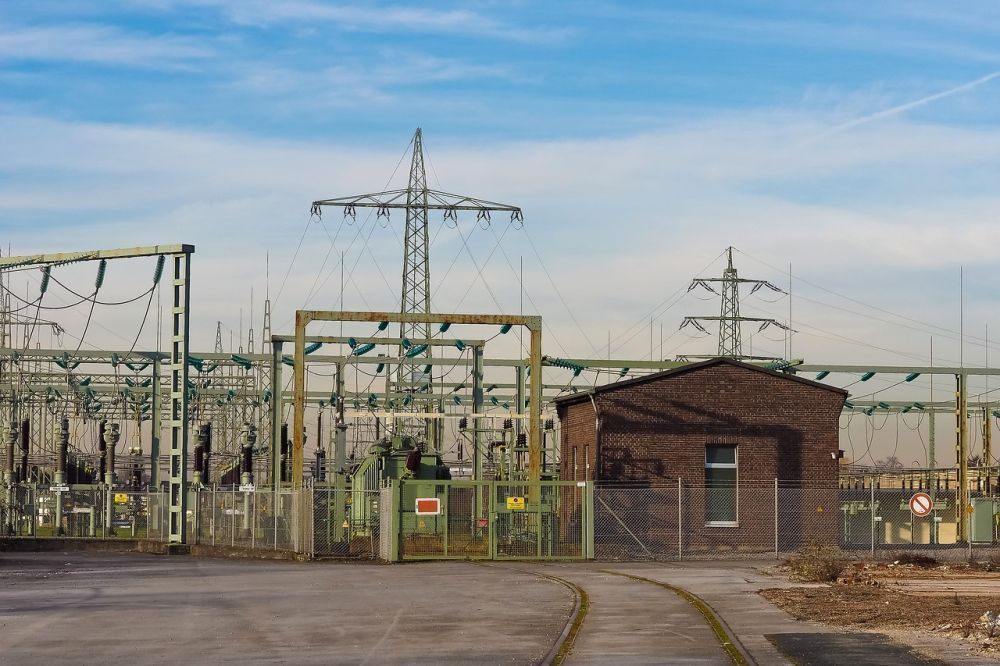
How Does Fence Grounding Work, and Where Do You Need It?
If you are installing a fence around a site like a substation or similar, where there’s a chance the fence might become electrified, you need fence grounding or fence earthing as it’s known in some parts of the world.
Let’s take a closer look at how fence grounding or fence earthing works, who usually does it, and what fence contractors usually do to prepare their fences for this process.
What Is Fence Grounding or Fence Earthing?
Fence grounding is a method of transferring any electricity that might be in a metal fence to a safe grounding system. This means that the fence is not live, and it is not a danger to members of the public or passers by.
How Is Fence Grounding or Fence Earthing Done?
Sites like substations and others that have higher than normal electricity usually have what is called a grounding mat or an earthing mat that is buried below the ground. It’s usually made of a highly conductive material like copper, and its job is to attract any “stray” electricity and redirect it harmlessly into the ground.
It’s a little like a lightning rod.
In order to ground or earth your fence, you usually need to connect all the conductive parts using a cable and clamps, and then that cable must be attached to the grounding mat below the fence. Of course, since you’re usually dealing with high voltage electricity, which can be very dangerous!
Who Usually Does Fence Grounding or Fence Earthing?
As you can imagine when you’re dealing with high voltage electricity and very expensive and complex grounding or earthing systems, fence grounding is a job for professionals who understand how to work safely with electricity.
Usually, that’s not your fence contractor. So, in most cases, fence contractors who are installing fences around a substation or similar site will not do the grounding.
Instead, they will usually provide a fence system that has pre welded tabs or lugs on the base of each post, so that the contractor who does do the grounding or earthing has somewhere to attach their grounding cables.
When Is Fence Grounding Done?
Permanent grounding of any fence that needs it is usually done when the project is finished, however, in some cases, temporary grounding may be required in stages, to protect the people installing the fence.
That’s usually the case around high voltage substations, and usually requires specially trained fence installers and special, site specific training and equipment.
High Security Fencing Required for Substations
As you can imagine, if just installing a fence requires special precautions, high voltage substations are very dangerous (even deadly) to anyone who doesn’t know how to work safely around them.
This is exactly why substations require high security fencing.
Anti cut and anti climb fence systems are usually the standard for these types of sites, often with under fence security and barbed wire or razor wire above.
Since the companies that own these sites are often liable if someone accidentally injures or kills themselves in a high voltage substation, it’s very important to make them as inaccessible to the public as possible.
These types of fence systems are usually installed by high security fence contractors who specialize in this type of fencing, and they usually have experience with this type of project.


